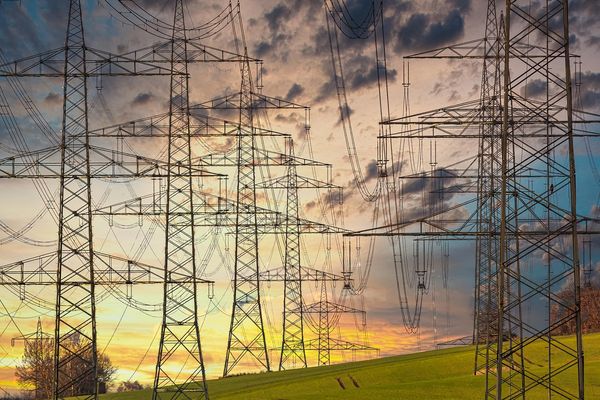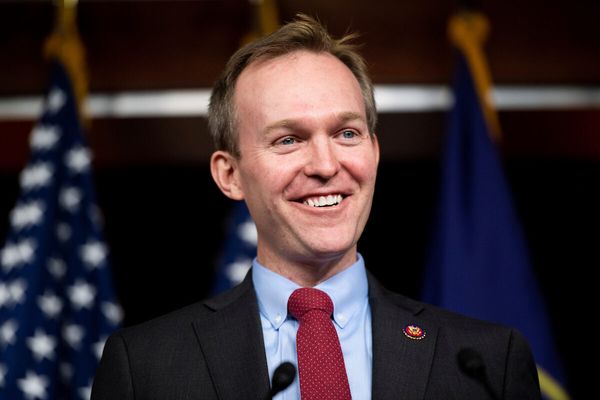
The United States bombed three key nuclear sites in Iran on Sunday, joining the offensive launched by Israel on 13 June. Héloïse Fayet, head of the "deterrence and proliferation" research programme at the French Institute of International Relations, talks to RFI about why this is a turning point in the conflict.
RFI: Donald Trump gave himself two weeks on Thursday to decide whether to strike Iran, but acted early. Was this a reversal or presidential bluffing?
Héloïse Fayet: I don't see the two-week timeframe as "strategic patience" but rather as a deadline within which he would act, reserving the right to strike earlier. Trump really likes these strategic deadlines – remember the 60 days given to Iran to negotiate, or his promise to resolve the Ukraine-Russia war in 24 hours.
The military preparations, including deploying B-2 Spirit bombers, were already decided yesterday, making last night's attack highly likely.
RFI: Trump spoke of "substantial" chances for negotiations with Iran on Thursday. Has he lost faith in diplomacy?
He used this to frame military action as the last resort. His harsh criticism of the Geneva talks between Europeans and Iranians in Geneva on Friday, calling them unproductive, paved the way for military strikes by declaring diplomacy had failed.
RFI: Reports suggest American intelligence convinced Trump that Israel only delayed Iran's nuclear programme by six months, not the two to three years Israel claimed. Is this credible?
Such precise analysis of the progress of the Iranian nuclear programme requires people inside Iran transmitting intelligence to Israel and the US – that's how they achieved precise targeting of certain top military leaders. While all nuclear programme timelines should be viewed cautiously, we knew Fordo was the key site and that it was impossible to damage it substantially without American capability.
RFI: Recent discussions about a possible US intervention focused on striking only Fordo, but the US also hit Natanz and Isfahan. Were you surprised?
Not really. The scale of bombers and aircraft heading to Iran suggested multiple targets. Since Israel lacks America's bunker-busting capabilities, it’s possible Trump wanted to "finish the job" at these sites because both Natanz and Isfahan also have underground installations. Different means were used to strike the sites, though. Tomahawk missiles from US submarines struck Natanz and Isfahan, while B-2 bombers [with GBU-57 bombs] destroyed Fordo.
Iran's nuclear programme: the key sites
RFI: Trump claims, at least [Sunday] morning, that the uranium enrichment facilities are completely destroyed, while [Israeli Prime Minister] Netanyahu says the promise to annihilate Iran's nuclear programme is fulfilled. Can much remain, or is it too early to know?
What we know is that the Iranians anticipated the Fordo attack, having access to the same open-source intelligence as us, possibly more. They claim – though this remains to be proven – that 400 kgs of 60%-enriched uranium – the farthest they’ve gone – were moved from Fordo before the strikes began.
This means weapons-grade radioactive material now exists beyond International Atomic Energy Agency monitoring. It’s impossible to trace. Moreover, you can't eliminate all nuclear scientists or the belief that nuclear weapons are necessary for Iran to protect itself. However, it’s certain that they now have far less technical capacity for rapid development than before.
RFI: US intelligence reports suggested the American strikes could give Iran the ultimate motivation to acquire nuclear weapons. Is this a risk Trump agreed to take?
Yes. Iran has threatened for several months, even years, to withdraw from the Non-Proliferation Treaty if their nuclear sites were attacked, meaning they would no longer be bound by international legal obligations against developing nuclear weapons.
We must hope that Israel, with better knowledge of Iran than the Americans, considered this risk when pushing the US to act. Whether Trump's analysis went that deep is uncertain. But if Iranians still needed political motivation for nuclear weapons, then the United States just provided it.
Will US-Iran nuclear talks break the deadlock or fan the flames?
RFI: Trump sought surgical strikes without dragging the US into an open war. He's said he hopes not to have to go further, while threatening continued strikes if Iran doesn't agree to end the conflict. Can we expect Iran not to retaliate?
Iran’s ability to retailiate is a bit limited. We’ve seen a volley of missiles fired toward Israel this morning, but is this in retaliation for the US strikes or a continuation of the existing Israel-Iran exchange. For the moment it’s uncertain.
Attacking American regional bases would invite further US strikes on Iranian soil, since Americans seem to no longer hesitate to act directly. Iran faces an internal strategic question about how best to respond.
Trump's claim – "I brought peace, now Iranians must return to the negotiating table" – seems quite improbable.
RFI: Will there be a before and after in the Middle East?
Certainly. The era from Iran's 1979 Revolution until today – characterised by indirect US-Iran confrontation through Shiite militia networks and periodic Israel-Iran confrontations – is over. A new chapter is opening for the Middle East.
This article, based on the original in French, has been edited for clarity.







